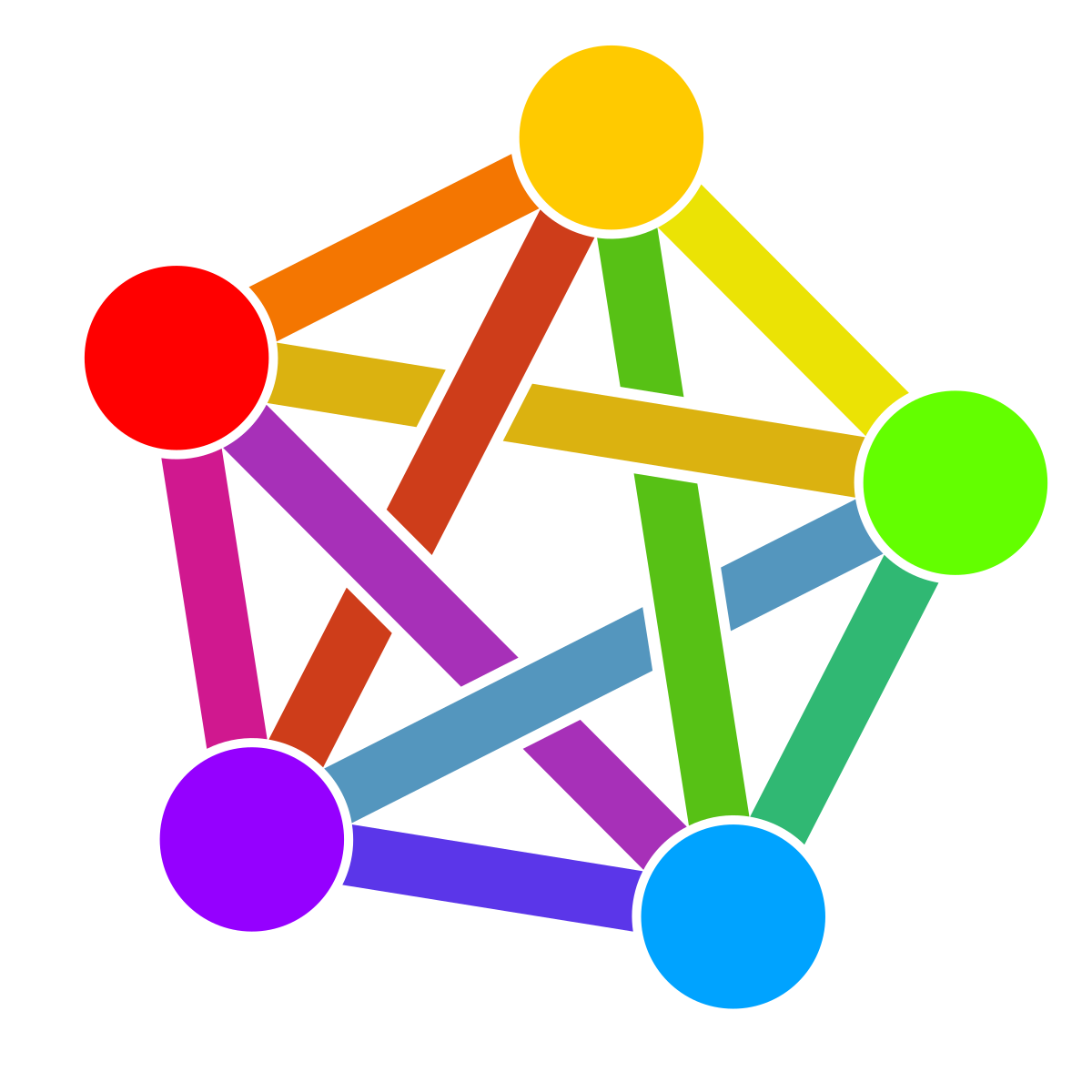Huh? I don’t think you need anything near as memory efficient as Alpine for something which has 4GB of RAM, unless you’re doing it for the sole purpose of pushing the machine and yourself to the limit.
I only ever consider dropping Debian and/or Systemd when going below 512MB RAM. I’ve run most of my public-facing homelab stuff on a 1GB VPS till recently, including multiple webservers such as FoundryVTT, and Docker containers such as a Wireguard server, Jenkins, Searxng, etc… It rarely used more than ~60% of the RAM, but I obviously couldn’t run Immich or any heavy services on it.








I’m not entirely sure how “… don’t need anything near as memory efficient as Alpine” became “Debian is obviously superior to Alpine”.
… I was referencing systemd and familiarity of use in regard to OP. Debian just happened to be mentioned, it comes per default with systemd, and it’s my personal first choice for servers. Though, taking context into account, OP did say they originally came from Ubuntu and made it sound like they were trying to optimize their system since it “only” had 4(8)GB memory in total.
I do believe Debian with systemd is more similar to Ubuntu than Alpine is to Ubuntu. My point was not so much about Debian vs Alpine in general as it was specific to efficiency in regard to memory usage, with the sole reason to change to Alpine over Debian (or any OS which uses systemd, really) purely for memory savings being rather weak when systemd only uses some <50MB in memory, the computer has 4GB+ of it, and the user already is familiar with Debian-based flavors which use systemd.
So no, Debian is obviously not “obviously superior to Alpine”, just as systemd isn’t too heavy to run on computers with 4GB of RAM - unless you’re trying to push the computer to its limits.